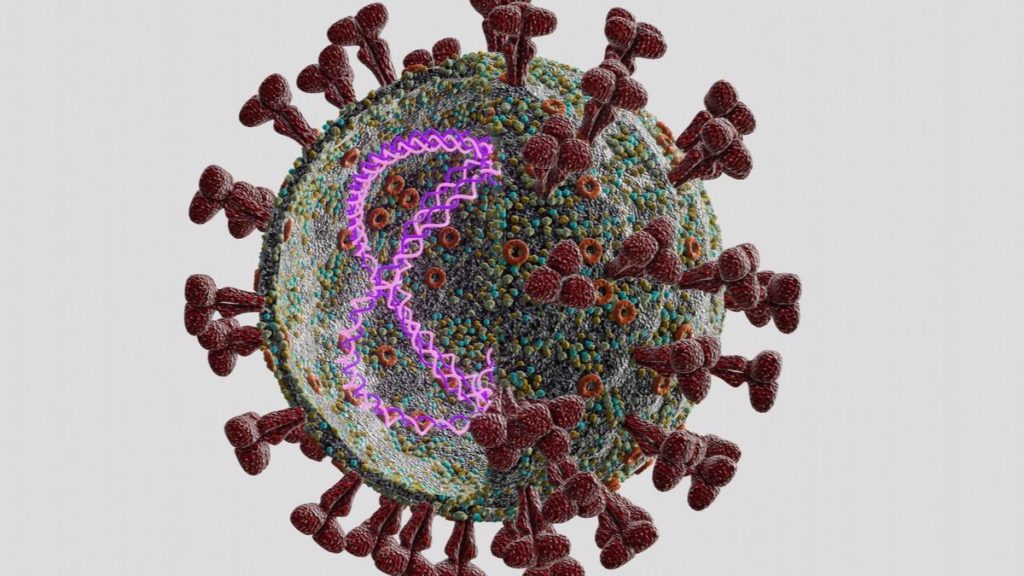Earlier protein-based research in COVID-19 patients showed that several pathways were dysregulated, some of which include the complement and coagulation cascades, interactions between different cytokines, and cholesterol metabolism.
Apart from acute COVID-19, ‘long COVID’ has become a recognized syndrome, though it is far from being clearly defined.
The one-carbon pathway is involved in many biological processes including purine and thymidine synthesis, nucleic acid synthesis, homeostasis of glycine, serine, and methionine, as well as the generation of glutathione through the homocysteine-cysteine pathway, wherein glutathione is an essential molecule for antioxidant activity in physiological processes.
In the current study, scientists report that during the hijacking of host cell metabolism by SARS-CoV-2, transcription continues to occur for host metabolic enzymes but shows an overall reduction.
Many other metabolites in the cell that participate in either sulfur-containing amino acid pathways or one-carbon metabolism also showed a reduction following SARS-CoV-2 infection.
Conversely, such cells did not show any reductions in SAM, cysteine, and oxidized glutathione, all of which participate in one-carbon metabolism.
A rise in SAM levels, as well as a rise in SAM/S-adenosyl homocysteine , suggests lung damage has occurred, while the former is highest in critically ill patients but is linked to a better outcome.
Some studies show methionine increasing, whereas others have reported its reduction; however, an increase in methionine levels is more common in patients with critical COVID-19, whereas its reduction is more often associated with mild illness.
The level of SAM is also associated with a higher SAM to GSH ratio and higher homocysteine levels.
In some studies, cysteine was increased in serum, as Cys-Gly produced by the metabolism of GSH is lower with lung damage.
Homocysteine is elevated in COVID-19; however, there remains limited information regarding whether this effect is due to older age and male sex in COVID-19 cases as compared to controls remains unanswered.
Homocysteine may trigger thrombosis or coagulopathy, both of which are complications common in COVID-19.
Methylmalonic acid , which fell to 3% of the baseline level, is a catabolic product formed during the breakdown of certain amino acids and could play an antiviral and anti-inflammatory role.
Interestingly, screening pathways indicate the potential utility of folic acid as an inhibitor of spike-ACE2 receptor binding.
Similarly, 5-methyltetrahydrofolate was found to be a ligand of the key viral enzyme PLpro, while folic acid derivatives bound to the NSP15 protein.
The results of many studies regarding the relationship between one-carbon metabolism and SARS-CoV-2 replication within human host cells are often conflicting.
Another possible reason for inconsistent findings could be the difference in COVID-19 classification systems as to the severity of illness and differences in the time points at which samples were taken.
Among potential therapeutic approaches, the three aforementioned metabolites that are potentially impacted by COVID-19 may be worthy of further study.
She has counseled hundreds of patients facing issues from pregnancy-related problems and infertility, and has been in charge of over 2,000 deliveries, striving always to achieve a normal delivery rather than operative.
In this interview, we speak with Dr.
